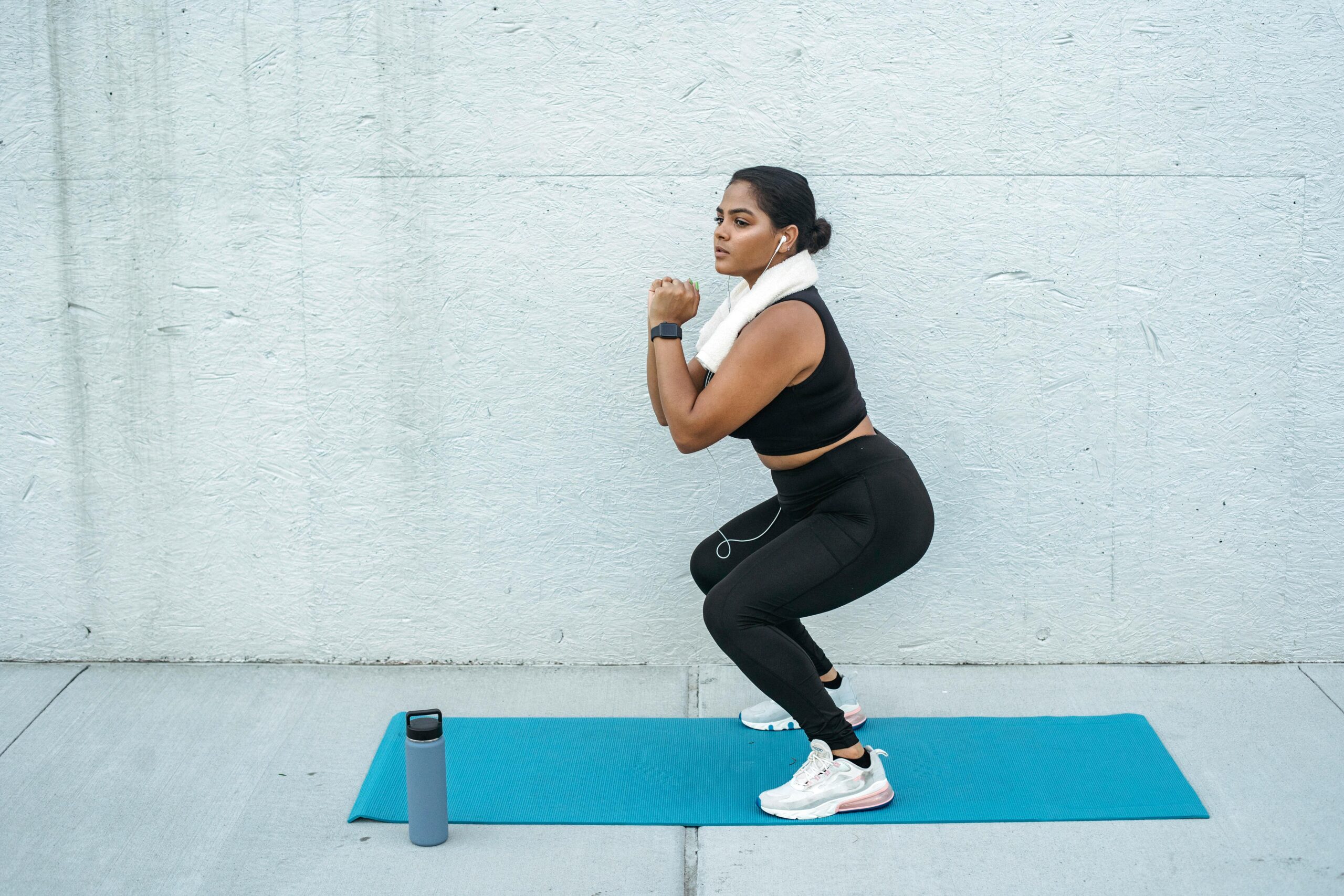
Squats: A Great Exercise
The squat is one of the most ineffective exercises that can easily be incorporated into one’s workout schedule. Basically, the most prominent benefit one gets from squats is strengthening the leg muscles: quadriceps, hamstrings, and calves. But that is not the only positive thing about doing squats. Squats create an anabolic environment in your body; this generally enhances growth of muscles in the entire body, including the improvement of muscles in the body, not just the legs.
A squat is a multi-muscle movement that engages your whole lower body and core, even back; that makes it a full-body exercise. The explanation lies here why squats and all their variations are the staple for strength training. Since it activates so many muscles, squats are useful for boosting more calories and increasing muscle strength, endurance, and flexibility.

Squats will build strength, but they can also help improve your posture, balance, and mobility. By sitting back into the squat, you engage your core and lower back muscles to help stabilize your body and protect your spine. That extra stability in your body will then translate into better posture and movement patterns outside of the gym-another key reason squats are a functional exercise that benefits you inside and outside of the gym.
Squats are adaptable for any level of fitness, from bodyweight squats for the inexperienced all the way to weighted squats, goblet squats, or jump squats for more advanced athletes. Whichever variation you decide to work into your regimen, rest assured that you’re targeting major muscle groups and facilitating overall body strength.